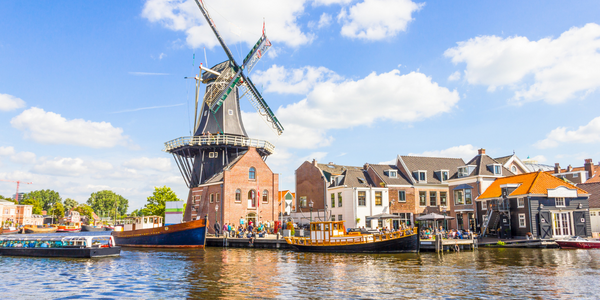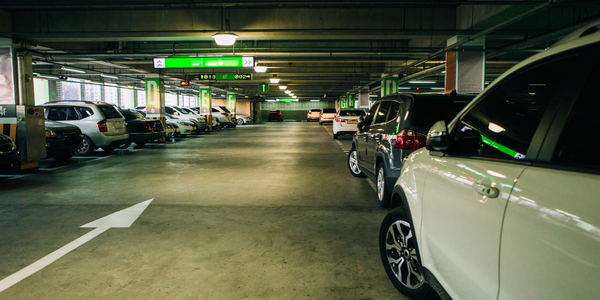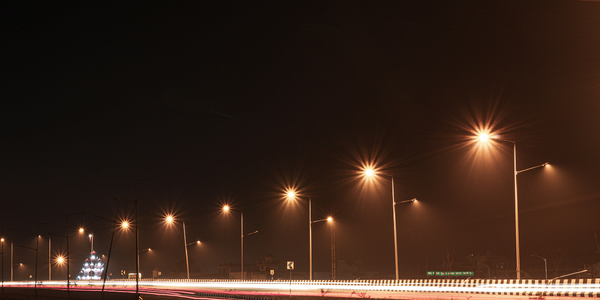Technology Category
- Sensors - GPS
Applicable Industries
- Cities & Municipalities
Applicable Functions
- Sales & Marketing
Use Cases
- Personnel Tracking & Monitoring
- Time Sensitive Networking
Services
- System Integration
About The Customer
Yeah!Burgr is a popular restaurant chain that started as a concept to boost sales at an existing bar in Navan, Co. Meath in the summer of 2017. The concept quickly gained popularity and expanded to multiple locations, including Maynooth, Drogheda, and Wexford town. Co-owner Stephen Moran is constantly looking for opportunities to expand the menu and reach of Yeah!Burgr. The restaurant chain is known for its unique experience and has a large customer base, attracting customers from all over the county. The company has over 100 employees across its seven locations and has been a user of Bizimply's scheduling system since 2019.
The Challenge
Yeah!Burgr, a popular restaurant chain, was facing significant operational challenges as it expanded. Co-owner Stephen Moran initially introduced the concept to boost sales at an existing bar, but the concept quickly gained popularity and expanded to multiple locations. With the opening of two more locations, Stephen was faced with the challenge of managing a larger team across different locations. The initial method of scheduling using Excel spreadsheets was time-consuming and often led to errors as staff availability was not accurately tracked. Stephen was also constantly driving between locations or making phone calls to ensure smooth operations and proper staff scheduling. The lack of a formal leave management system led to accidental scheduling of unavailable staff. The need for a more efficient scheduling and time and attendance system was evident.
The Solution
Stephen adopted Bizimply's scheduling system, transitioning from manual spreadsheets to a simple drag-and-drop interface. This reduced the time spent on scheduling from 5 hours per week to just 30 minutes or less, freeing up time for other operational improvements. The MyZimply app was introduced, allowing employees to submit their time off requests or unavailability, which automatically updated the schedule, eliminating the need for post-publishing adjustments. The introduction of the Timestation at Yeah!Burgr locations ensured accurate clock-in times and proper break management. The Timestation also helped reduce labour costs by accurately tracking clock-in times, which were synced with timecards and sent straight to Payroll. This eliminated manual errors in payroll calculations. The system also improved productivity and communication between staff and locations, with staff finding the app easy to use and beneficial.
Operational Impact
Quantitative Benefit

Case Study missing?
Start adding your own!
Register with your work email and create a new case study profile for your business.
Related Case Studies.

Case Study
Turning A Stadium Into A Smart Building
Honeywell created what it called the “intelligent system” for the National Stadium in Beijing, China, turning the venue for the opening and closing events at the 2008 Summer Olympics into a “smart building.” Designed by highly controversial artist Ai Weiwei, the “Bird’s Nest” remains one of the most impressive feats of stadium architecture in the world. The 250,000 square meter structure housed more than 100,000 athletes and spectators at a time. To accommodate such capacity, China turned to Honeywell’s EBI Integrated Building Management System to create an integrated “intelligent system” for improved building security, safety and energy efficiency.
.png)
Case Study
Smart Street Light Network (Copenhagen)
Key stakeholders are taking a comprehensive approach to rethinking smart city innovation. City leaders have collaborated through partnerships involving government, research institutions and solution providers. The Copenhagen Solutions Lab is one of the leading organizations at the forefront of this movement. By bringing together manufacturers with municipal buyers, the Copenhagen Solutions Lab has catalyzed the development and deployment of next-generation smart city innovations. Copenhagen is leveraging this unique approach to accelerate the implementation of smart city solutions. One of the primary focus areas is LED street lighting.

Case Study
Buoy Status Monitoring with LoRa
The Netherlands are well-known for their inland waterways, canals, sluices and of course port activities. The Dutch Ministry of Infrastructure indicates that there are thousands of buoys and fixed items in and near water environments that would profit from IoT monitoring. One of the problems with buoys for example, is that they get hit by ships and the anchor cable breaks. Without connectivity, it takes quite some time to find out that something has happened with that buoy. Not to mention the costs of renting a boat to go to the buoy to fix it. Another important issue, is that there is no real-time monitoring of the buoys at this moment. Only by physically visiting the object on the water, one gains insight in its status.

Case Study
Barcelona Case Study
Barcelona’s heavy traffic and its associated high levels of pollution were the primary factors that motivated some companies and universities to work on strategies for improving traffic in the city centre. Bitcarrier is one of the technologies involved in the In4Mo Project, whose main objective is to develop the applications that form the core of smart mobility, one of the fundamental pillars of the smart city concept.

Case Study
China Mobile Smart Parking
Smart Parking, powered by NB-IoT technology, is making it easier for drivers to find free parking spots. Cities can better manage their parking assets and maximize the revenue available to them as a result. Drivers searching for parking create congestion and pollution by circling and hunting for available parking. Smart Parking services are able to significantly ease these problems by guiding a driver directly to a parking space.








